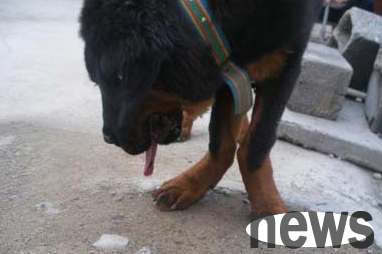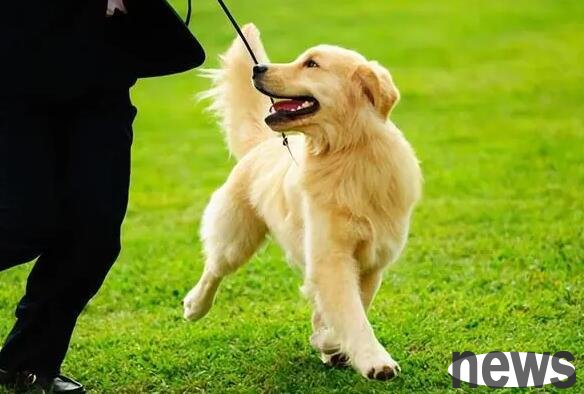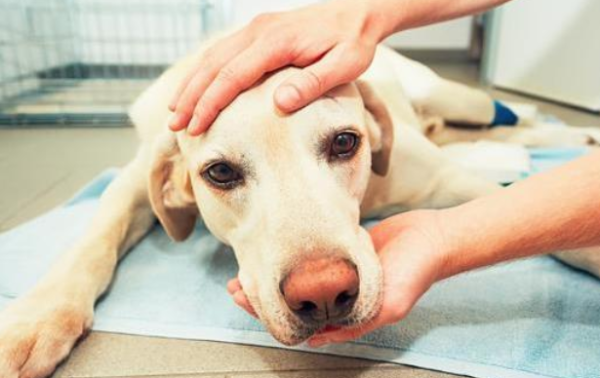What should I do if my dog suffers from rheumatism? How to treat dog rheumatism?
Canal rheumatism is an acute or chronic non-suppurative inflammation that often occurs repeatedly. Muscles, joints, and viscera are the most common areas. If you encounter adverse factors such as sudden weather changes and humid environment, dogs are prone to rheumatism.
1. The causes of rheumatism in dogs:
1. The causes of rheumatism in dogs are not yet known. It is currently considered an autoimmune disease.
2. Wind-cold, dampness, coldness, rain, overwork, as well as pharyngitis, laryngitis, tonsillitis, etc. are all causes of rheumatism in dogs.

2. Key points of diagnosis of dog rheumatism:
It is characterized by sudden onset of dogs, local redness and swelling, wandering and recurrent attacks. The diagnosis can be confirmed based on the medical history and symptoms.
a), Muscle rheumatism:
1. It often occurs in the muscles of the dog's shoulders, neck, back, waist and thrush. Swelling and painful muscles of the sick dogs, and stiff muscles when touched can cause motor dysfunction and inflexible gait. However, as the amount of exercise increases and the time increases, the symptoms are relieved or gone.
2. From the perspective of the entire course of the disease, the affected part has the characteristics of wanderingness.
3. The body temperature of a sick dog can rise by 1 to 1.5 degrees, and its breathing and pulse will also change slightly.
4. If the muscles of the whole body are rheumatoid, the dog will show stiff muscles of the whole body, difficulty walking, and often cannot get up.
b), joint rheumatism:
1. Often occur in dogs with high mobility joints, such as shoulder joints, elbow joints, hip joints, knee joints, etc.
2. The diseased joint capsule and its surrounding tissues are edema, the joints are swollen, and there is heat and pain during palpation.
3. The dog has difficulty lying up, and it is more obvious when it is walking during exercise, especially in the early morning or when it is just standing up. However, as the amount of exercise increases and the time increases, the symptoms of lameness can be relieved or disappear.

3. Prevention and treatment measures for dog rheumatism:
1. First, give dogs analgesic pain and anti-inflammatory. Use 10 ml of 0.5% procaine hydrochloride solution, add 500,000 units of penicillin, and inject subcutaneously on the affected limb, once a day, and use for 2 consecutive days. (A 0.5 ml of Hatasu essence injection can be used, and intramuscularly injected on the affected limb once a day for 2 consecutive days. This medicine is toxic and must be used strictly in accordance with the instructions.)
2. Then remove wind and dampness from the sick dog. Use 20 ml of compound sodium venous injection, add 1 ml of dexamethasone, and perform intravenous injection of the forelimbs once a day for 3 consecutive days. At the same time, take Annaijin on oral, 2 tablets each time, once a day, for 3 consecutive days.
3. In addition, strengthen care for sick dogs. During the treatment period, the sick dog was placed on the sports field every morning and evening, each time for 30 minutes. Keep the kennel dry, change the bedding frequently, and hang the lamp to replenish the light and heat. Feed protein-rich, digestible foods and add a variety of vitamins.




